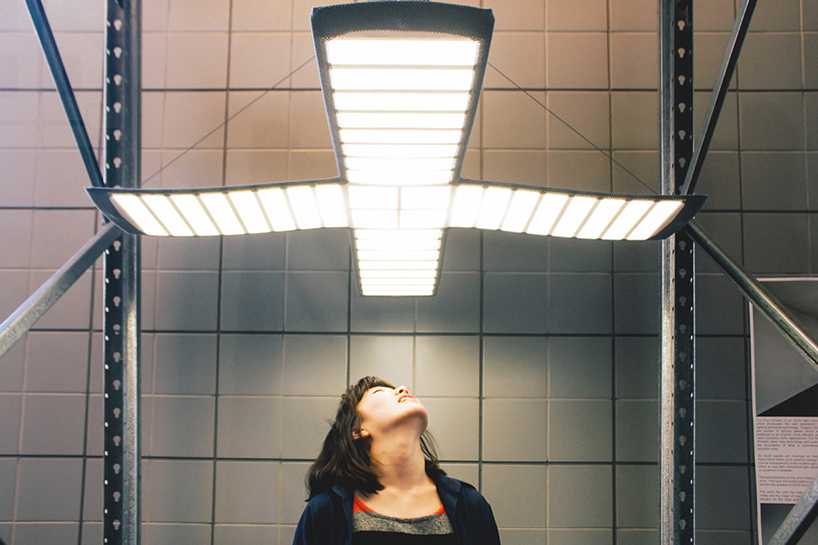When Thomas Edison patented the incandescent light bulb in 1879, it would have been hard for him to predict just how much his invention would revolutionise the way we use energy.
Gone were the days of huddling around gas and oil lanterns. The light bulb led to changes in building design, the length of the workday and sparked the creation of entirely new industries.
Plus Pendant in the directional light position
Plus Pendant in the directional light position
Since then, scientists and engineers have been continuously trying to improve the way we light our homes and offices. In the 1900s, energy shortages led to breakthroughs in the use of fluorescents. In more recent years it has been all about improving affordability and efficiency.
But what’s the next bright idea in lighting? Organic light emitting diodes (OLEDs) are where it’s all at.
OLEDs are an emerging technology that deliver bright, thin, highly efficient displays with excellent colour purity. They work by taking an organic material, either small molecules or polymers, and sandwiching them between two electrodes.
Because OLEDs are so thin, they are also highly flexible – opening up huge possibilities to change the way we do things. To showcase the potential of this technology, Australian designer Andy Zhou has created a flexible OLED luminaire. And boy does it have all the bells and whistles.
Working with our flexible electronics researchers, Andy created the Plus Pendant light as a final year project for his industrial design degree at Monash University. The pendant will be hitting the world stage next month as part of the Melbourne Movement stand at the Milan Design Festival.
Using 36 OLED panels the pendant shows off the technology’s razor thin profile and flexibility. The frame flexes up and down to change the characteristics of the light, ranging from an area light to a spot light. This unseen mechanism is achieved by clever use of magnets and tensile wiring.
See the light in action in this video:
As you can see the future of lighting looks very bright indeed.
Our flexible electronics team is developing materials and processes to enable the low-cost manufacture of flexible electronics technologies such as displays, lighting and solar cells. Their mission is to develop the science and partner with industry to create new opportunities for manufacturing in Australia and overseas. Follow: @FlexElectronixx



22nd February 2016 at 7:13 am
that’s really great, I appreciate it.
10th March 2014 at 10:34 pm
It’s a pity that Edison inevitably seems to get the credit for the electric light bulb and the dozen or so inventors and patent holders before him get lost intime.
6th March 2014 at 11:27 pm
Lots of new options coming out.
4th March 2014 at 4:00 pm
Reblogged this on naderraufzada.